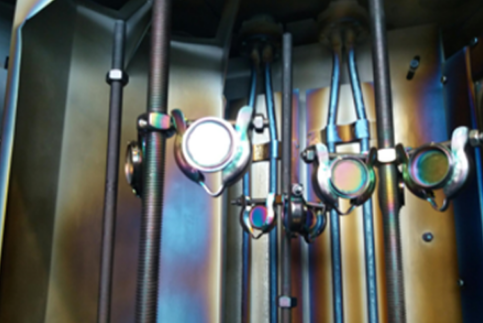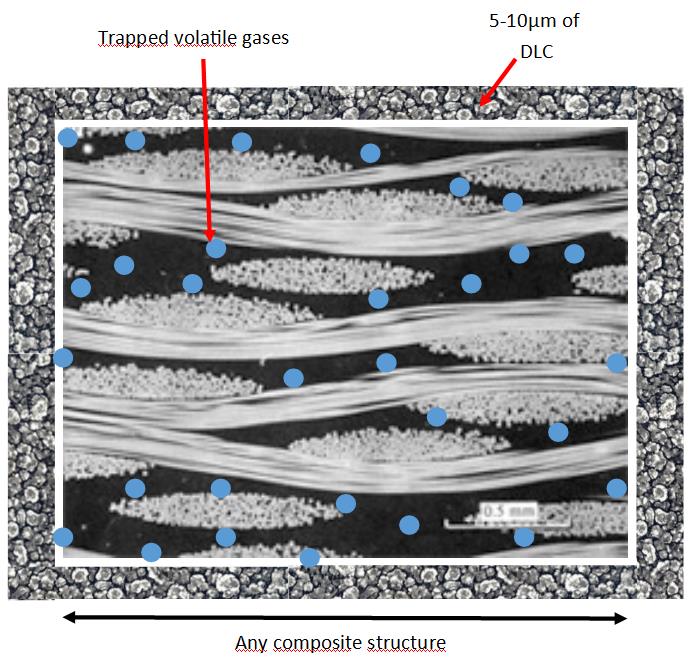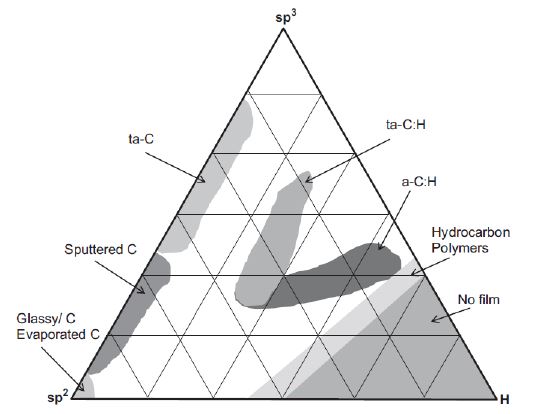LEIHO - X 01/03/2023
"Development of X-ray windows using DLC coatings for scientific applications"

The LEIHO-X project, led by AVS Added Value Industrial Engineering Solutions S.L.U, presents the development of new composite components for vacuum applications. Currently, the main options for structural supports in a vacuum are metals (aluminum, 304 and 316 steel), ceramics, and some hard polyamide plastics. However, none of the latter is used for vacuum applications. Nevertheless, carbon fiber reinforced polymers and glass fiber reinforced polymers offer several advantages over metals in an increasingly wide range of industrial applications. The automotive and aviation industries are two global examples. The same advantages could be applied to vacuum components.
Glass fiber reinforced polymers are usually lightweight and easy to produce, have good thermal insulation properties, and usually have low magnetic susceptibility. The problem is that a fiber and polymer matrix absorbs and desorbs large amounts of gas. This makes them unsuitable for large-scale use in vacuum chambers because they store gas when the chamber is at atmospheric pressure and release it again when the chamber is in operation. This gas release can prevent a vacuum chamber from reaching the required pressure level, cause damage to sensitive detectors present in the chambers, or even gradually divert a spacecraft from its course.
In recent studies conducted for clean energy vehicles, the improvement of hydrogen storage efficiency has been studied. One of the requirements is to prevent hydrogen from diffusing through the walls of the storage device. To achieve this, several research groups have investigated the ability of hydrogen (and all other types of gases) to pass through thin films of diamond-like carbon (DLC). Coating components using DLC layers through vacuum equipment can trap gas inside the components, allowing the vacuum to remain uncontaminated.
The DLC coating itself is not a new or high-risk technology, as it is available as a coating process from manufacturers such as Oerlikon Balzers, IHI Group Ionbond, CemeCon, Morgan Advanced Materials' Diamonex®, Miba Group (Teer Coatings), Acree Technologies, IBC Coatings Technologies, Techmetals, Calico Coatings, Stararc Coating, and Creating Nano Technologies, to name a few.

Samples were made by PE-CVD. Samples of different substrate and coating thickness were tested. The coating quality was assessed by standard adhesion tests and scanning electron microscope imaging and found to be excellent.
Small scale tests of samples with a hydrogen mass spectrometer leak detector on one side and 1 bar of hydrogen on the other indicated that carbon fibre reinforced polymers coated with DLC have less hydrogen permeation than stainless steel. The main limitation of the technology is the joint between the coating and the vacuum gasket and the 250oC decomposition temperature of the DLC.


